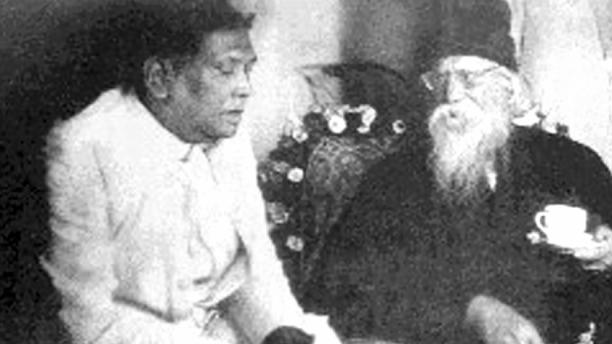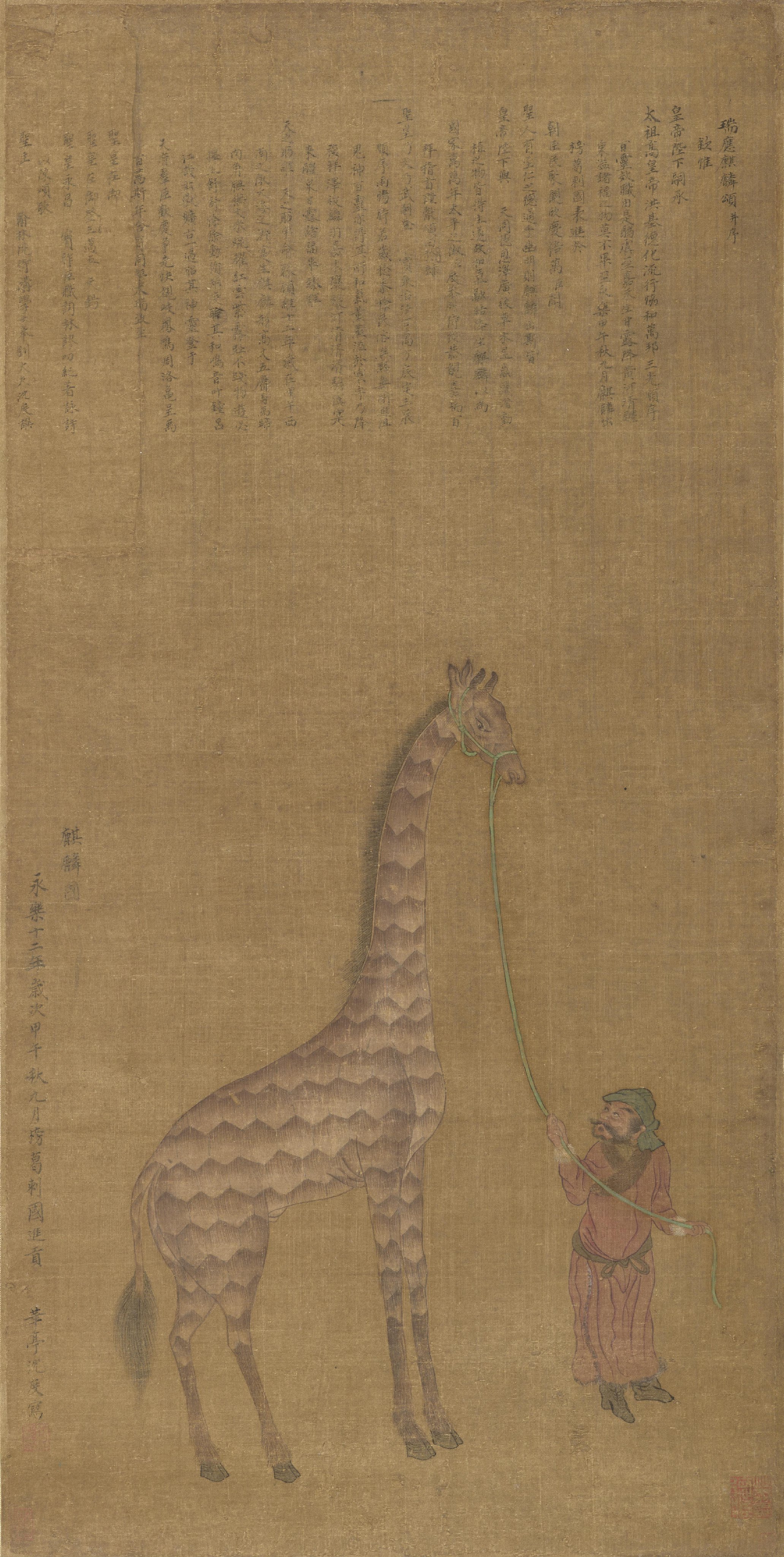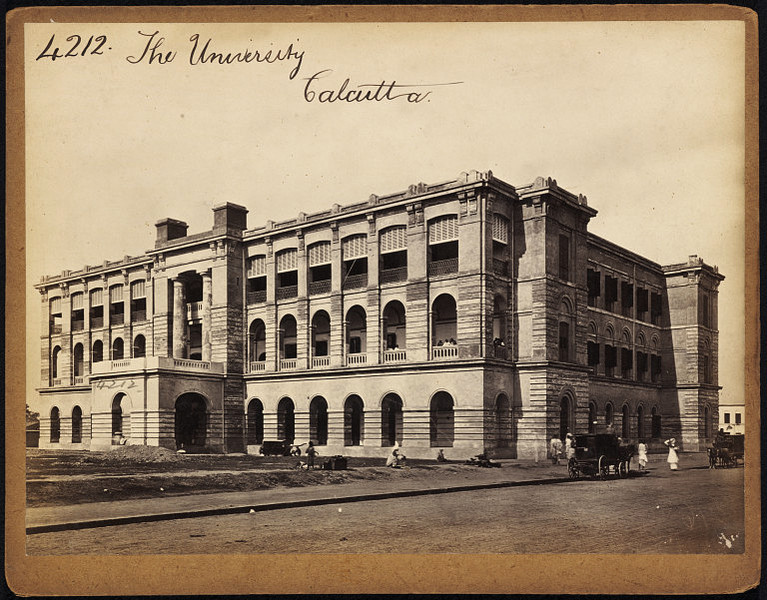|
Alfazuddin Ahmed
Alfazuddin Ahmed was a Bengali politician. Early life and education Ahmed was born into a Bengali Muslim family in the village of Dhalhara in the Midnapore district of the Bengal Presidency. He holds a Master of Arts degree.Proceedings-Of-The-Indian-History-Congress, Third Session, Calcutta 1939 Career Ahmed contested in the 1937 Bengal Legislative Assembly election and won a seat at the Bengal Legislative Assembly. He was a member of the Primary Education Curriculum Committee and the Sub-Committee for English Studies.School Education in Bengal, Alipore 1937, Bengal Government Press Ahmed was a member of the Reception Committee of the Third Session of the Indian History Congress on behalf of the University of Calcutta The University of Calcutta, informally known as Calcutta University (), is a Public university, public State university (India), state university located in Kolkata, Calcutta (Kolkata), West Bengal, India. It has 151 affiliated undergraduate c .... Refere ... [...More Info...] [...Related Items...] OR: [Wikipedia] [Google] [Baidu] |
Khan Bahadur
Khan Bahadur – a compound of ''Khan'' "Leader" and ''Bahadur'' "Brave" – was an honorary title in British India conferred on Indian subjects who were adherents of Islam or Zoroastrianism. The equivalent title for Hindus, Buddhists and Indian Christians was Rao Bahadur/Rai Bahadur and Sardar Bahadur for Sikhs. The title of Khan Bahadur was one degree higher than the title of Khan Sahib. The title was conferred on individuals for faithful service or acts of public welfare to the British Empire. Recipients were entitled to prefix the title to their name and were presented with a special Title Badge and a citation (''Sanad''). It was conferred on behalf of the Government of British India by the Viceroy and Governor-General of India. Awarding of the Khan Bahadur title was discontinued in 1947 upon the independence of India. The title "Khan Bahadur" was originally conferred in Mughal India on Muslim subjects in recognition of public services rendered and was adopted by British ... [...More Info...] [...Related Items...] OR: [Wikipedia] [Google] [Baidu] |
Sahid Matangini (community Development Block)
Sahid Matangini is a community development block that forms an administrative division in Tamluk subdivision of Purba Medinipur district in the Indian state of West Bengal. Etymology The block is named after Matangini Hazra, an independence activist. She was born in Hogla village in what is now Sahid Matangini block, in 1869. She was shot dead by the police in front of Tamluk Police Station on 29 September 1942. Geography Purba Medinipur district is part of the lower Indo-Gangetic Plain and Eastern coastal plains. Topographically, the district can be divided into two parts – (a) almost entirely flat plains on the west, east and north, (b) the coastal plains on the south. The vast expanse of land is formed of alluvium and is composed of younger and coastal alluvial. The elevation of the district is within 10 metres above mean sea level. The district has a long coastline of 65.5 km along its southern and south eastern boundary. Five coastal CD Blocks, namely, Khejuri II, Con ... [...More Info...] [...Related Items...] OR: [Wikipedia] [Google] [Baidu] |
Midnapore District
Midnapore (Pron: mad̪aːniːpur), or sometimes Medinipur, is a former district in the Indian state of West Bengal, headquartered in Midnapore. On 1 January 2002, the district was bifurcated into two separate districts namely Purba Medinipur and Paschim Medinipur. It was the largest district of West Bengal by area and population at the time of bifurcation. Etymology There are conflicting accounts of how the name Medinipur came to be. One account claims that Medinipur was named after a local deity "Medinimata" (literally "mother of the world", a Shakti incarnation). According to Sri Hari Sadhan Das, the district got its name from "Medinikar", the founder of the city in 1238, who was the son of "Prankara", the feudal king of "Gondichadesh". He was also the writer of "Medinikosh". Hara Prasad Shastri thinks that the city Medinikar established it around the time he wrote the book (1200-1431). He is said to have built the fort called "Kornelgola" situated in the city. History Me ... [...More Info...] [...Related Items...] OR: [Wikipedia] [Google] [Baidu] |
Bengal Presidency
The Bengal Presidency, officially the Presidency of Fort William in Bengal until 1937, later the Bengal Province, was the largest of all three presidencies of British India during Company rule in India, Company rule and later a Provinces of India, Province of British India. At the height of its territorial jurisdiction, it covered large parts of what is now South Asia and Southeast Asia. Bengal proper covered the ethno-linguistic region of Bengal (present-day Bangladesh and the West Bengal, Indian state of West Bengal). Calcutta, the city which grew around Fort William, India, Fort William, was the capital of the Bengal Presidency. For many years, the governor of Bengal was concurrently the governor-general of India and Calcutta was the capital of India until 1911. The Bengal Presidency emerged from trading posts established in the Bengal Subah, Bengal province during the reign of Emperor Jahangir in 1612. The East India Company (EIC), a British Indian monopoly with a royal ... [...More Info...] [...Related Items...] OR: [Wikipedia] [Google] [Baidu] |
Bengal Legislative Assembly (1937—1947)
The Bengal Legislative Assembly () was the largest legislature in British India, serving as the lower chamber of the legislature of Bengal (now Bangladesh and the Indian state of West Bengal). It was established under the Government of India Act 1935. The assembly played an important role in the final decade of undivided Bengal. The Leader of the House was the Prime Minister of Bengal. The assembly's lifespan covered the anti-feudal movement of the Krishak Praja Party, the period of World War II, the Lahore Resolution, the Quit India movement, suggestions for a United Bengal and the partition of Bengal and partition of British India. Many notable speeches were delivered by Bengali statesmen in this assembly. The records of the assembly's proceedings are preserved in the libraries of the Parliament of Bangladesh and the West Bengal Legislative Assembly. History The assembly was the culmination of legislative development in Bengal which started in 1861 with the Bengal Leg ... [...More Info...] [...Related Items...] OR: [Wikipedia] [Google] [Baidu] |
Serajuddin Ahmad
Serajuddin Ahmad was a Bengali politician. Early life and education Ahmad was born into a Bengali Muslim family in the village of Krishnapur in the Midnapore district of the Bengal Presidency. Career Ahmad contested in the 1946 Bengal Legislative Assembly election and won a seat at the Bengal Legislative Assembly The Bengal Legislative Assembly () was the largest legislatures of British India, legislature in British India, serving as the lower chamber of the legislature of Bengal Presidency, Bengal (now Bangladesh and the Indian state of West Bengal). It .... References {{DEFAULTSORT:Ahmad, Serajuddin 20th-century Bengalis People from Paschim Medinipur district People from British India Indian Sunni Muslims Bengali Muslims Bengal MLAs 1946–1947 ... [...More Info...] [...Related Items...] OR: [Wikipedia] [Google] [Baidu] |
Bengali Muslim
Bengali Muslims (; ) 'Mussalman'' also used in this work./ref> are adherents of Islam who ethnically, linguistically and genealogically identify as Bengalis. Comprising over 70% of the global Bengali population, they are the second-largest ethnic group among Muslims after Arabs. Bengali Muslims make up the majority of Bangladesh's citizens, and are the largest minority in the Indian states of West Bengal, Tripura and Assam. They speak or identify the Bengali language as their mother tongue. The majority of Bengali Muslims are Sunnis who follow the Hanafi school of jurisprudence. Due to its extensive trade contacts, Bengal has had a Muslim presence in the region since the early 8th century CE, but conquest of the Bengal region by the Delhi Sultanate brought Muslim rule to Bengal. The governors of the region soon broke away to form a Bengal Sultanate, which was a supreme power of the medieval Islamic East. European traders identified the Bengal Sultanate as "the richest ... [...More Info...] [...Related Items...] OR: [Wikipedia] [Google] [Baidu] |
Master Of Arts
A Master of Arts ( or ''Artium Magister''; abbreviated MA or AM) is the holder of a master's degree awarded by universities in many countries. The degree is usually contrasted with that of Master of Science. Those admitted to the degree have typically studied subjects within the scope of the humanities and social sciences, such as history, literature, languages, linguistics, public administration, political science, communication studies, law or diplomacy; however, different universities have different conventions and may also offer the degree for fields typically considered within the natural sciences and mathematics. The degree can be conferred in respect of completing courses and passing examinations, research, or a combination of the two. The degree of Master of Arts traces its origins to the teaching license or of the University of Paris, designed to produce "masters" who were graduate teachers of their subjects. Europe Czech Republic and Slovakia Like all EU membe ... [...More Info...] [...Related Items...] OR: [Wikipedia] [Google] [Baidu] |
1937 Bengal Legislative Assembly Election
Legislative assembly elections for the Bengal Legislative Assembly were held in January 1937 as part of the 1937 Indian provincial elections. Seats The allocation of 250 seats in the assembly was based on the communal award. It is illustrated in the following. * General elected seats- 78 * Muslim electorate seats- 117 ** Urban seats- 6 ** Rural seats- 111 * Anglo-Indian electorate seats- 3 * European electorate seats- 11 * Indian Christian electorate seats- 2 * Zamindar seats- 5 * Labour representatives- 8 * Education seats- 2 ** University of Calcutta- 1 ** University of Dacca- 1 * Women seats- 5 ** General electorate- 2 ** Muslim electorate- 2 ** Anglo-Indian electorate- 1 * Commerce, Industries and Planting seats- 19 ** Port of Calcutta ** Port of Chittagong ** Bengal Chamber of Commerce ** Jute Jute ( ) is a long, rough, shiny bast fibre that can be Spinning (textiles), spun into coarse, strong threads. It is produced from flowering plants in the genus ''Corchorus'', ... [...More Info...] [...Related Items...] OR: [Wikipedia] [Google] [Baidu] |
Alipore
Alipore is a neighbourhood of Kolkata, South Kolkata in Kolkata district in the Indian States and union territories of India, state of West Bengal. It is flanked by the Tolly Nullah to the north, Bhowanipore to the east, the Diamond Harbour Road to the west and New Alipore to the south, bordered by the Budge Budge section of the Sealdah South section railway line. Geography Location Alipore is located at . It has an average elevation of 14 metres (46 feet). Alipore area is bordered by the following roads - AJC Bose Road to the north, D L Khan Road to the East, National Highway 117, Diamond Harbour Road to the West and Alipore Avenue to the south. Police district Alipore police station is part of the Divisions of Kolkata Police, South division of Kolkata Police. It is located at 8, Belvadere Road, Kolkata-700027. Tollygunge#Police district, Tollygunge Women's police station has jurisdiction over all the police districts in the South Division, i.e. Park Street, S ... [...More Info...] [...Related Items...] OR: [Wikipedia] [Google] [Baidu] |
University Of Calcutta
The University of Calcutta, informally known as Calcutta University (), is a Public university, public State university (India), state university located in Kolkata, Calcutta (Kolkata), West Bengal, India. It has 151 affiliated undergraduate colleges and 16 institutes in Kolkata and nearby areas. It was established on 24 January 1857 and is the oldest multidisciplinary university of Indian Subcontinent and Southeast Asian Region. Today, the university's jurisdiction is limited to a few districts of West Bengal, but at the time of its establishment it had a catchment area ranging from Kabul to Myanmar. It is accredited as an "A" grade university by the National Assessment and Accreditation Council (NAAC). The university has a total of fourteen campuses spread over the city of Kolkata and its suburbs. As of 2020, 151 colleges and 21 institutes and centres are affiliated with CU. The university was fourth in the Indian University Ranking 2021 list, released by the National Institu ... [...More Info...] [...Related Items...] OR: [Wikipedia] [Google] [Baidu] |




